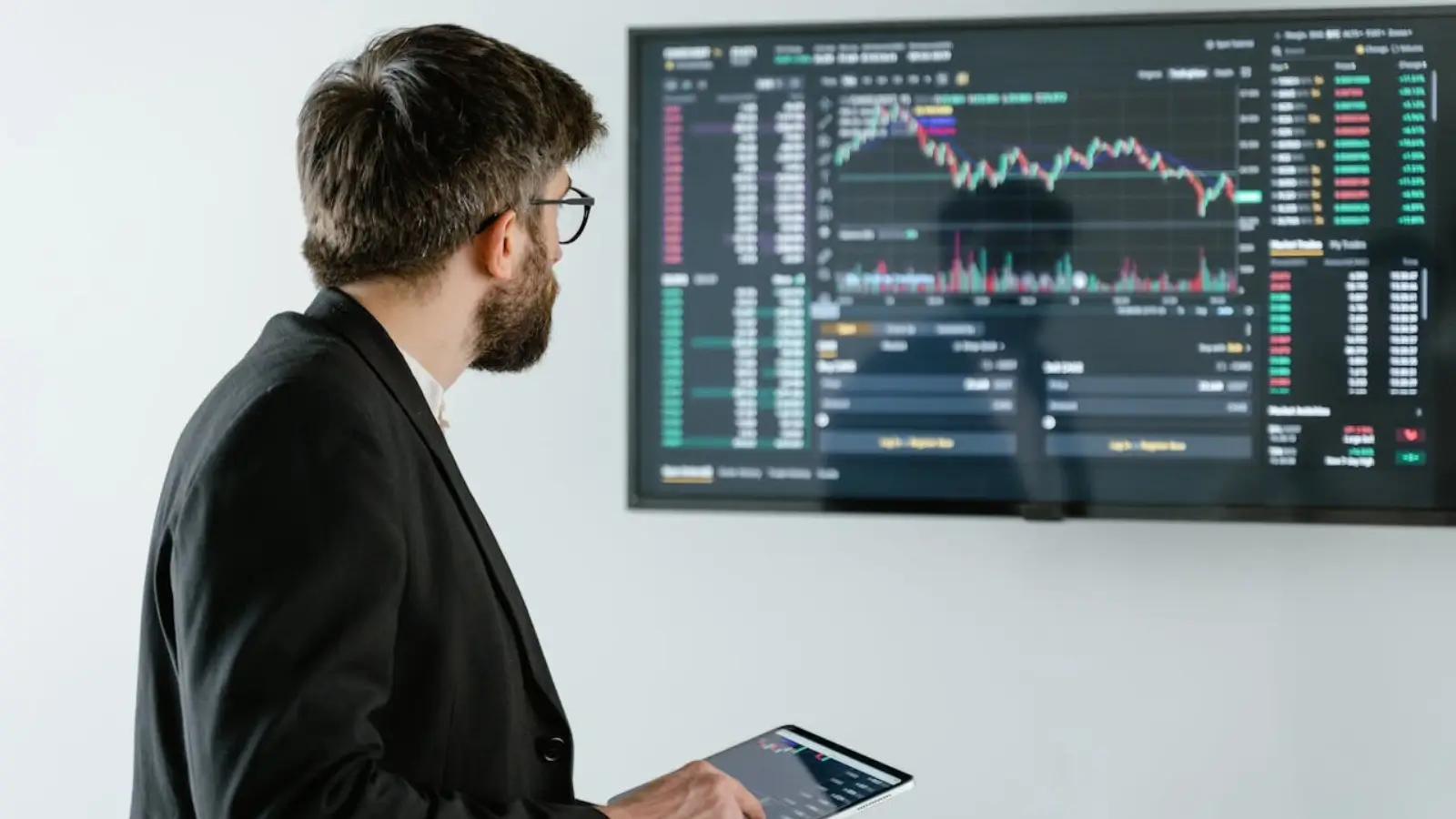


Monitoring the raw materials as well as finished products is critical in maintaining the production efficiency and carrying accurate inventories in manufacturing processes. The manufacturing ERP software gives the business the tools through which the inventory levels can be monitored, material consumption can be tracked, and the final products can be managed in the course of production. Integration of ERP systems for monitoring raw materials and finished goods allows the manufacturers to ensure the smoothening of operations, reduction of waste, and consistent data throughout all departments. When ERP software is incorporated into manufacturing operations, companies get a better opportunity to manage their inventory management systems.
Prior to the adoption of the ERP systems for monitoring the raw materials and finished goods, the businesses need to determine their requirements in terms of inventory tracking. Identifying areas of critical situations where tracking has to be accurate helps to choose the correct ERP functions in inventory control. For example, manufacturers of perishable products may need enhanced tracking capabilities for expiry dates and lot codes, whereas those dealing with high throughput production are likely to need real-time inventory tracking to avoid stock out situations.
Besides, the knowledge of existing inventory management processes gives useful information concerning those areas that require improvement. Evaluating workflows for receiving, storing, and distributing raw materials helps businesses identify where they can use ERP integration for increasing data accuracy and efficiency when dealing with operations. Setting well-defined objectives, e.g., decreasing delays in production or minimizing excess inventory, helps to maintain congruity between business objectives and the ERP system that offers measurable results.
The installation of manufacturing ERP for tracking raw material requires the set-up of modules that track movement of material from procurement to production. ERP systems allow barcode scanning, automatic data capture, and tracking of inventory, allowing businesses to keep an up-to-date record of the raw materials. This level of visibility aids manufacturers to track the rate of material used, re-order points and avoid a production holdup arising from lack of materials.
In addition to this ERP systems can be configured to give reports on the use of raw material hence enabling business to know the high usage materials and adjust purchase strategy. Through inclusion of data tracking processes within material management, manufacturers can leverage data-informed choices where they optimize resource utilization, minimize waste, and sustain constant production movement. Additionally, ERP systems offer warnings and reminders for scarce quantities of materials thus ensuring that materials are always replenished and production disrupted is avoided.
Tracking of finished goods in manufacturing ERP software takes place by monitoring the movement of products from the production floor to the warehouse and then to the customer. ERP systems offer all round tracking facilities where manufacturers can follow finished goods stocks, handle shipping schedules and know the status of order fulfillments in real time. This level of prominence makes it possible to record finished products correctly, and easily accessible for distribution.
ERP system also allows business to keep traceability of product through the use of batch or lot numbers to finished goods. This functionality is especially essential for those industries that are subject to frequent product recalls or to whom it is necessary to implement product tracking on the product level in the regulatory context. ERP systems are also capable of fast tracing of batches affected by product recall, its location and corrective measures to reduce customer impacts in case of product recall. Besides, reports generated from an ERP simplifies product sales, order processing time and accuracy in products shipped information which are useful in ascertaining any inefficiency in product order fulfillment processes.
Data integration in all departments is vital to have complete visibility into raw materials and finished goods inventory. ERP systems combine data associated with procurement, production, warehousing, and sales and produce a centralized database, which gives real time information on inventory status. This incorporation guarantees that the data gets updated synchronously in all the departments, minimizing the chances of having discrepancies and increasing the accuracy of data.
ERP systems also support data reporting as they report on inventory trends including material utilization rate, order processing duration, and stock turnover rate. This data allows companies to determine potential bottlenecks, modify the production calendar and apply the strategies for the best practices with inventory management. In addition to this, data integration helps to gain useful insights into supplier performance such that manufacturers can make informed purchasing decisions as well as negotiate better terms with vendors.
To spotlight ERP systems used for tracing raw materials and completed goods, training of the employees is necessary so that all workers are informed and educated on the usage of the system. Data entry procedures, report generation, and inventory control techniques should constitute comprehensive training programs. It ensures that workers are acquainted with the ERP functionalities, thus minimizing chances of data entry errors while ensuring that there are no changes in inventory data.
In addition, businesses should set data validation rules in a bid to ensure data integrity during the tracking process. Periodic auditing of data, upgradation of systems and constant observation of data entry procedures assist in avoiding such differences and that ERP systems give correct, dependable information. Keeping the consistency of data helps for making sound decisions and attaining the planned benefits through the ERP implementation.
Using manufacturing ERP software to trace raw material and completed goods is a strategic effort that increases operational efficiency, corrects data, and facilitates superior inventory handling. By conducting inventory management needs, installing ERP systems for tracking raw-material and finished goods and integration of data across departments, the businesses can keep track of comprehensive visibility to their inventory operations. Also, employee training and data validation protocol are a key to ensuring that ERP systems function optimally and to provide accurate, real-time data. After all, using ERP systems for control over inventories allows manufacturers to optimize production processes, eliminate waste, and have the right levels of inventories, thus contributing to long-term company growth.